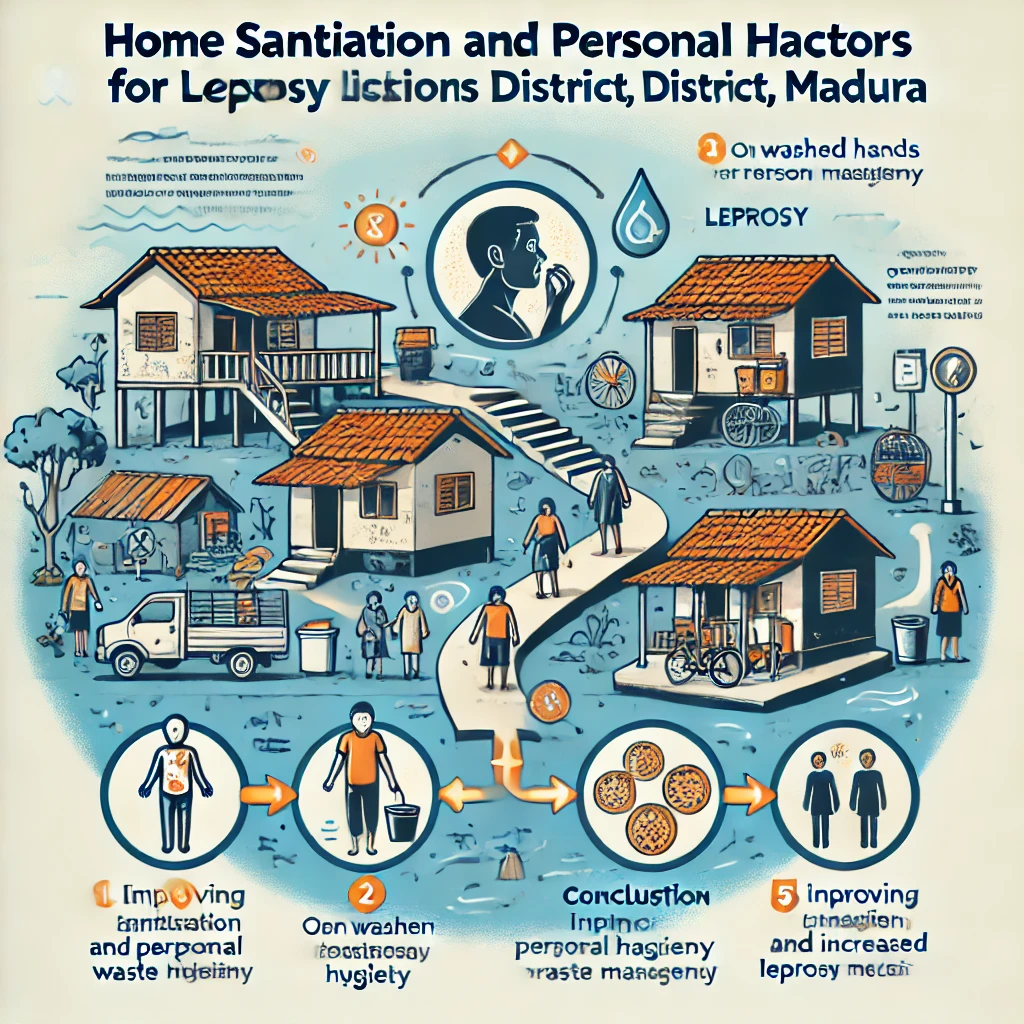Risk Factors of Home Sanitation on the Incidence of Stunting in the Working Area of Tetewatu Health Centre, North Konawe (2024)

Downloads
Stunting remains a major public health issue in Indonesia, influenced by multifactorial determinants including environmental sanitation. Poor household sanitation increases the risk of repeated infections and nutrient malabsorption, contributing significantly to impaired growth among children under five. This study aims to analyze the association between household environmental sanitation factors and the incidence of stunting in children under five in the Tetewatu Health Centre area, North Konawe District. A case-control study was conducted from January to March 2024, involving 54 respondents (27 stunted cases and 27 matched controls). Data were collected through structured interviews, direct observations, and anthropometric measurements. Variables assessed included ownership of clean water sources, healthy latrines, handwashing with soap (HWWS) practices, and household food management. Data were analyzed using Chi-Square and Fisher’s Exact tests, with significance set at p<0.05. The results showed significant associations between all environmental sanitation variables and stunting. Households with poor access to clean water (OR=10.95; p=0.024), lack of healthy latrines (OR=10.95; p=0.024), poor HWWS behavior (OR=7.35; p=0.019), and inadequate food management (OR=29.69; p<0.001) had a significantly higher risk of stunting. Food management emerged as the strongest predictor. Conclusion: Environmental sanitation factors, particularly food hygiene, access to clean water, sanitation facilities, and handwashing practices, play a critical role in preventing stunting. Interventions targeting household sanitation and hygiene behaviors are essential to achieve sustainable reductions in child stunting rates. Strengthening the WASH (Water, Sanitation, and Hygiene) component in stunting prevention programs is urgently recommended.
Copyright (c) 2024 Shafira Nur Aulia Malikhah, M. Choirul Anwar, Nuryanto

This work is licensed under a Creative Commons Attribution 4.0 International License.




















